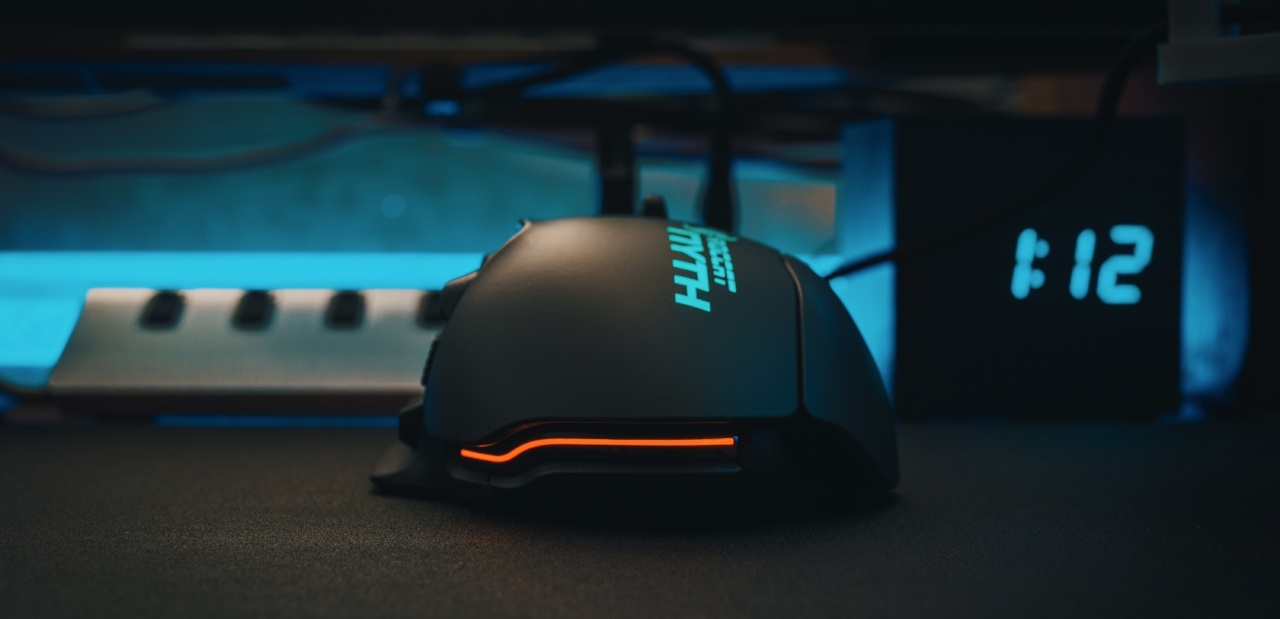As we grow older, our skin starts losing its elasticity and becomes saggy. A facelift, which was once the only option for correcting sagging skin, is no longer the only solution.
Today, there are numerous non-surgical facelift options available in the market, one of which is the antigenic.
What is Antigenic?
Antigenic treatment is a non-surgical facelift technique that uses a substance called poly-L-lactic acid or PLLA.
It is a biocompatible and biodegradable polymer that has been used in various medical applications, including dissolvable sutures, for over 30 years now. PLLA helps to stimulate the body’s natural production of collagen, which is responsible for keeping the skin tight and firm.
The antigenic treatment is a gradual process that requires several sessions spread over a few weeks. During the procedure, the doctor injects PLLA into the saggy areas of the face, which prompts the body to produce more collagen over time.
The result is a natural-looking facelift without any incisions or scars.
How does Antigenic work?
Antigenic works by stimulating the body’s natural collagen production. Poly-L-lactic acid is injected deep into the skin tissue, where it triggers the production of collagen and elastin.
Over time, the PLLA is naturally broken down by the body, but the new collagen keeps the skin looking youthful and firm.
The antigenic treatment is a gradual process that requires several sessions. The number of sessions depends on the extent of sagging skin and the desired results.
Most patients require at least three sessions spread over two to three months to achieve the desired results.
Who is a good candidate for Antigenic?
The antigenic treatment is suitable for people who have mild to moderate sagging skin on their face and neck. It is also an ideal treatment for people who want to avoid surgery or cannot undergo surgery due to health reasons.
However, antigenic treatment is not suitable for everyone. People with severe sagging skin or those looking for immediate results may not be good candidates for the treatment.
It is best to consult a certified dermatologist or plastic surgeon to determine if antigenic treatment is suitable for you.
What are the benefits of Antigenic?
Antigenic treatment offers numerous benefits over traditional facelift surgery. Some of the benefits of antigenic treatment include:.
- No incisions or scars: Unlike traditional facelift surgery, antigenic treatment does not require any incisions, which means there are no visible scars.
- Natural-looking results: Antigenic treatment stimulates the body’s natural collagen production, which results in a natural-looking facelift.
- Minimal downtime: Since antigenic treatment does not require any incisions or general anesthesia, the downtime is minimal, and patients can resume their normal activities immediately.
- Long-lasting results: The results of antigenic treatment can last up to two years or more, which is longer than most non-surgical facelift treatments.
What are the side effects of Antigenic?
Like any medical procedure, there are potential side effects associated with antigenic treatment. Some of the common side effects of antigenic treatment include:.
- Swelling and bruising: Patients may experience mild swelling and bruising in the treated areas, which usually subside within a week.
- Redness and tenderness: Patients may experience redness and tenderness in the treated areas, which usually last for a few days.
- Bumps or nodules: Rarely, patients may develop small bumps or nodules under the skin, which can be easily treated with a massage or corrective filler.
It is essential to consult a certified dermatologist or plastic surgeon before undergoing antigenic treatment to discuss the potential risks and side effects.
How to prepare for Antigenic?
Before undergoing antigenic treatment, it is essential to consult with a certified dermatologist or plastic surgeon to determine if you are a good candidate for the treatment.
If you are a good candidate, your doctor may advise you to stop taking blood-thinning medications, such as aspirin or ibuprofen, for a few days before the treatment. It is also advisable to avoid smoking and drinking alcohol to reduce the risk of complications.
What to expect during Antigenic?
During the antigenic treatment, the doctor will first apply a topical anesthetic to numb the treated areas and minimize any discomfort. Next, the doctor will inject PLLA into the sagging areas of the face using a fine needle.
The treatment usually takes about 30-60 minutes to complete, depending on the extent of the sagging skin.
What to expect after Antigenic?
After antigenic treatment, patients may experience mild swelling, redness, and tenderness in the treated areas. These symptoms usually subside within a few days, and patients can resume their normal activities immediately.
However, patients are advised to avoid strenuous activities for a few days and to stay out of the sun or use adequate sun protection.
How long do the results of Antigenic last?
The results of antigenic treatment can last up to two years or more, which is longer than most non-surgical facelift treatments. However, the duration of the results depends on several factors, including age, lifestyle, and skin type.
To maintain the results, patients may require touch-up treatments every six months to a year.
Conclusion
Antigenic treatment is an effective and safe non-surgical facelift technique that offers natural-looking results without any incisions or scars.
The treatment is suitable for people with mild to moderate sagging skin on their face and neck and can last up to two years or more. However, it is essential to consult a certified dermatologist or plastic surgeon before undergoing the treatment to determine if you are a good candidate and to discuss potential risks and side effects.




























